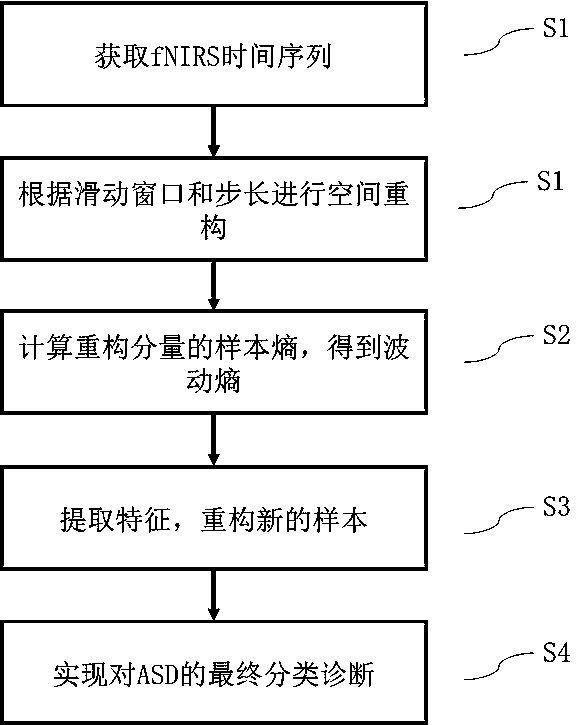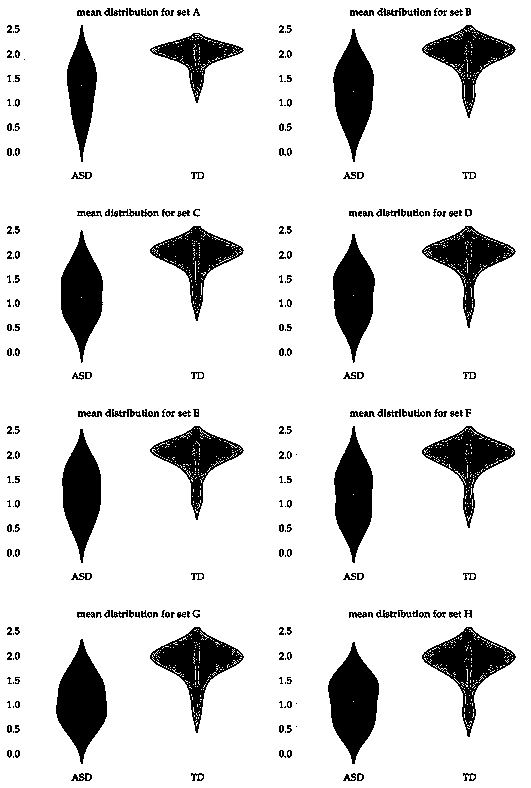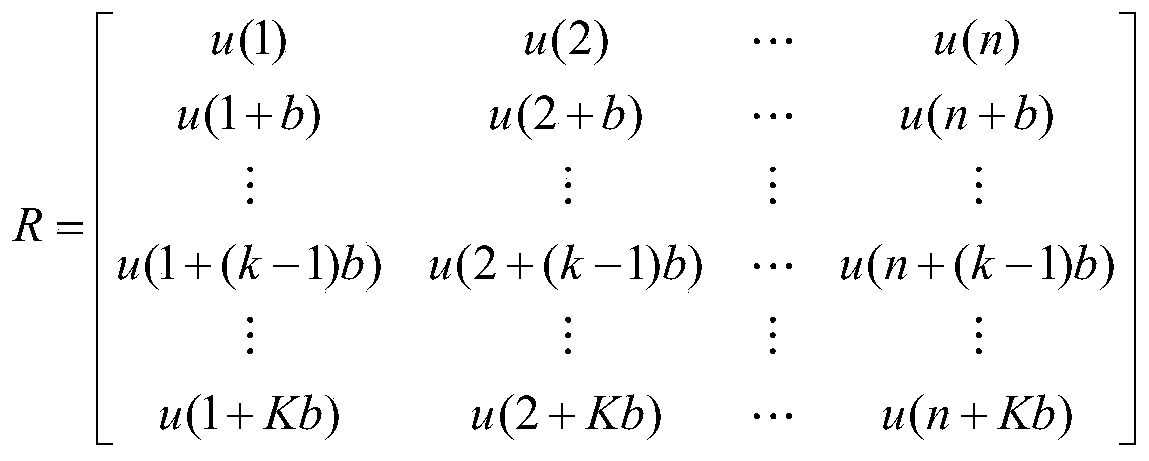Wave entropy of spontaneous dynamic activity based autism classification method
A classification method, a technique for autism, applied in the field of near-infrared spectroscopy, which can solve problems such as inability to describe phase fluctuations well
- Summary
- Abstract
- Description
- Claims
- Application Information
AI Technical Summary
Problems solved by technology
Method used
Image
Examples
Embodiment Construction
[0044] In order to make the object, technical solution and advantages of the present invention clearer, the present invention will be described in further detail below in conjunction with specific embodiments and with reference to the accompanying drawings.
[0045] Such as figure 1 As shown, a classification method for autism based on the fluctuation entropy of spontaneous kinetic activity includes the following steps:
[0046] Step 1. Cut the near-infrared spectrum fNIRS time series according to the sequence length, then set different sliding windows and step sizes, and perform spatial reconstruction on each subsequence according to the sliding window and step size to obtain the reconstructed components; the specific process is as follows:
[0047] (1-1) Pretreatment process: A continuous wave fNIRS system (FOIRE-3000, Shimadzu Corporations, Kyoto, Japan) was used in this example. The 16 light sources and 16 fiber optic detectors of FOIRE-3000 can form a maximum of 52 detec...
PUM
 Login to View More
Login to View More Abstract
Description
Claims
Application Information
 Login to View More
Login to View More - R&D
- Intellectual Property
- Life Sciences
- Materials
- Tech Scout
- Unparalleled Data Quality
- Higher Quality Content
- 60% Fewer Hallucinations
Browse by: Latest US Patents, China's latest patents, Technical Efficacy Thesaurus, Application Domain, Technology Topic, Popular Technical Reports.
© 2025 PatSnap. All rights reserved.Legal|Privacy policy|Modern Slavery Act Transparency Statement|Sitemap|About US| Contact US: help@patsnap.com



